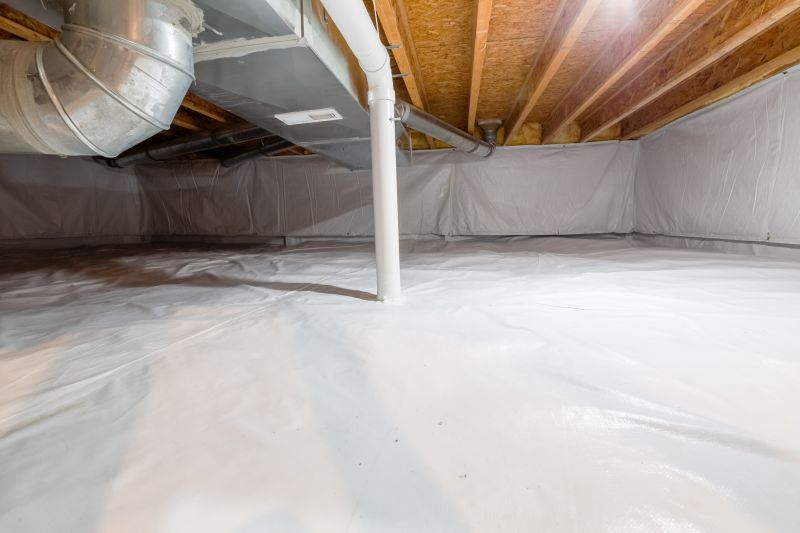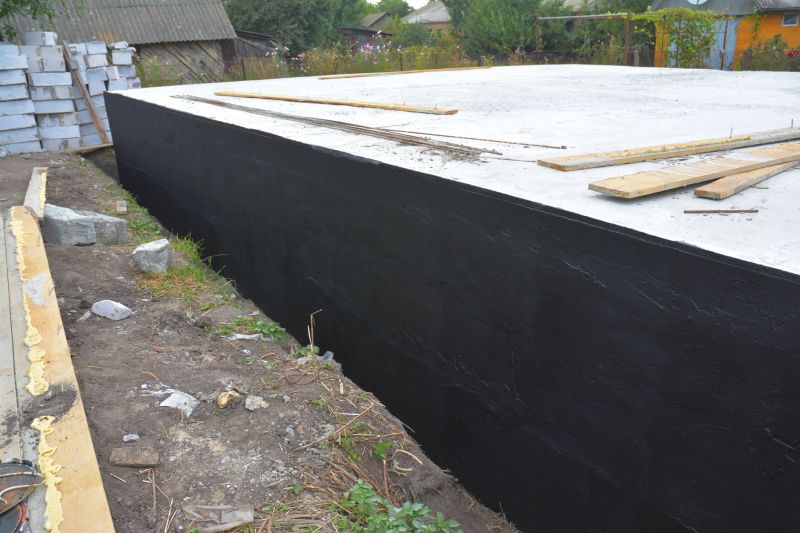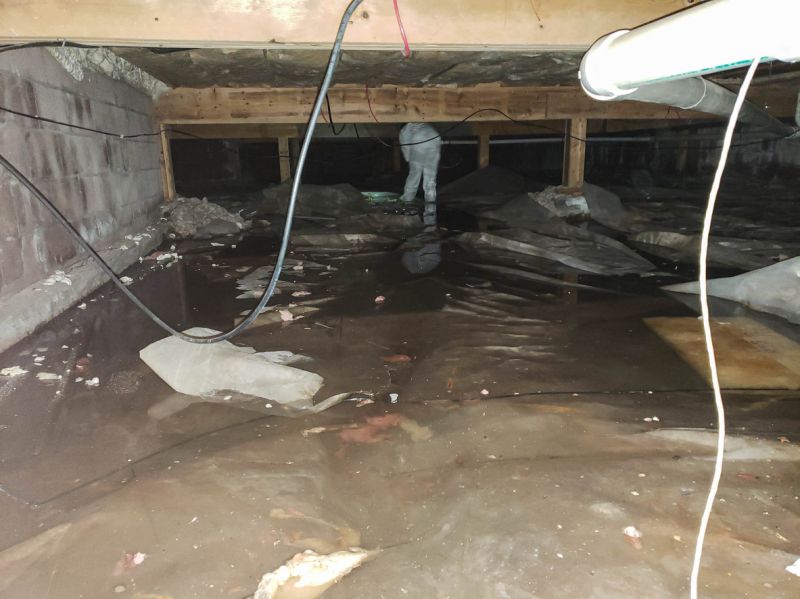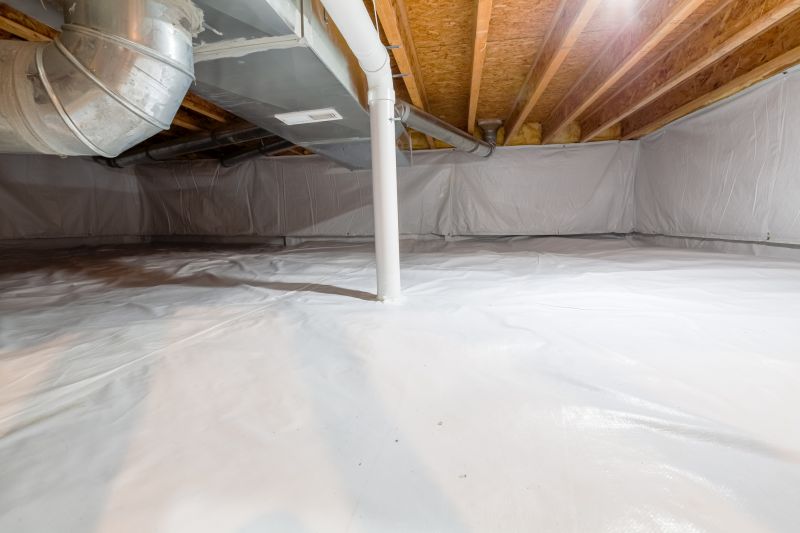Crawlspace Sealing to Protect Your Home
Crawlspace encapsulation involves sealing and insulating the crawlspace to prevent moisture intrusion, improve air quality, and enhance home energy efficiency. Proper encapsulation can significantly reduce the risk of mold growth, wood rot, and pest infestations, contributing to a healthier living environment.
Encapsulation prevents moisture from entering the crawlspace, reducing mold growth and wood decay.
Sealing the crawlspace helps maintain consistent indoor temperatures, lowering energy costs.
Reducing mold and dust mites in the crawlspace minimizes indoor air pollutants.
A sealed crawlspace deters pests from nesting and entering the home.

A fully sealed and insulated crawlspace showing clean, durable vapor barriers and insulation.

Close-up of encapsulation materials and sealing techniques used in the process.

Showcasing insulation and vapor barriers installed for optimal moisture control.

Vent covers installed to prevent outside air and pests from entering.
Failing to encapsulate a crawlspace can lead to increased humidity levels, which promote mold growth, wood rot, and pest infestations. Studies indicate that unsealed crawlspaces can raise indoor humidity by up to 20%, creating an environment conducive to mold and allergens. Additionally, moisture intrusion can compromise the structural integrity of the home and increase energy bills due to inefficient heating and cooling.
| Risks of Not Encapsulating | Consequences |
|---|---|
| Mold and Mildew Growth | Can lead to health issues and costly remediation. |
| Structural Damage | Moisture causes wood rot and foundation issues. |
| Higher Energy Bills | Loss of insulation effectiveness increases heating and cooling costs. |
| Pest Infestations | Unsealed crawlspaces attract pests that can enter the home. |
| Poor Indoor Air Quality | Increased allergens and mold spores impact health. |
| Decreased Home Value | Visible damage and mold reduce property appeal. |

